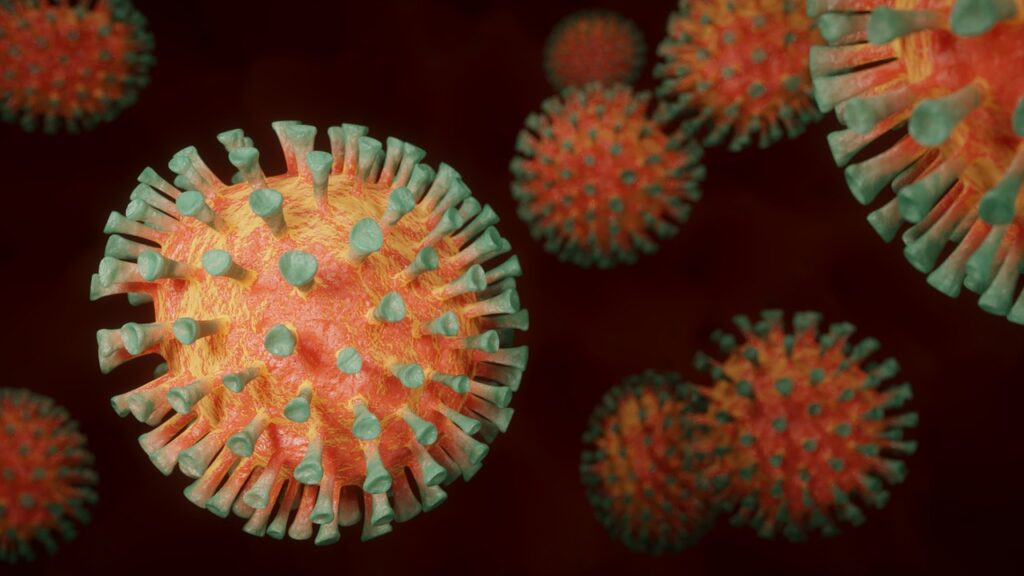
Thanks to social media’s takeover of most of our lives, and the growing popularity of hook-up apps like Tinder, casual sex has become a lot more convenient. You can arrange sexual congress with as many people as are willing without so much as breaking a sweat simply by swiping left or right on your mobile device – one of the modern world’s greatest achievements – and it’s awesome if this works for you. I really am not judging. Whatever gets you off, you know? But the ease at which casual sex happens lately also leaves room for the growth of STDs and STIs in our beloved nation.
Yes, there are more serious consequences than finding out the person you hooked up with is married, or having acid poured on you. I’d like to believe that everyone hooking up with people off social media and apps like Tinder is smart enough to know to use protection, but there will always be those one or two exceptions who get “caught up” or for whom condoms aren’t their “thing”.
15 – 24 year olds account for half of all new STD infections
According to the Centre for Disease Control and Prevention, STDs are particularly rampant among young people, and youth aged 15-24. These youth and young people make up just over one quarter of the sexually active population, and account for half of the 20 million new sexually transmitted infections that occur in the United States each year. What’s unfortunate is that not all STDs have symptoms, and so you, or whoever you are having sex with might be infected and not know about it – thus spreading the infection to more people.
The real risk is NOT knowing
What’s even more unfortunate is that people are only concerned about the “popular” STDs – HIV, Herpes, Gonorrhoea, etc – and aren’t even aware of a number of STDs and/or STIs they may currently be living with, posing a serious risk to their health. In order to solve this problem – in any little way we can – I present to you a short list of STDs you may not have been aware of before today –
Trichomoniasis, apparently, is one of the most common STDs in sexually active women, even though both men and women of all ages can contract trichomoniasis, and the CDC reports more than 7.4 million new cases each year. Trichomoniasis, transmitted through penis-to-vagina and vulva-to-vulva sex, affects the vagina, in women, and the urethra, in men.Symptoms in men, in cases where they are evident, include irritation when urinating or ejaculating. In women, symptoms may include a smelly yellow-green discharge accompanied by genital itching and discomfort when urinating or having intercourse. Fortunately, antibiotics serve as treatment for this STD.
I know you’ve heard about head lice; but did you know about pubic lice? Yup! Pubic lice is a thing! And, what’s worse, you don’t even have to have to catch it. Intimate contact, or sometimes simply being in the same proximity, with someone who’s infected is enough for the lice to get into anywhere on your body where hair is present – pubic areas, eyebrows, underarms, and the chest. Sure they can be treated with prescription creams and shampoos, but it’s unbearably uncomfortable to have and one of those very typical “prevention is better than cure” situations. So, avoid having sex – protected or not – or sharing a bed or towels or whatever with someone who has pubic lice.
Pubic Lice is also known as ‘Crabs’
Another frequently ignored STI is Lymphogranuloma venereum, also known as LGV. LGV is a bacterial infection caused by strains of the bacterium Chlamydia trachomatis – not the same one that causes Chlamydia – and symptoms include raised bumps or ulcers on genitals and swelling of lymph glands in the genital area. For some reason, LGV is more common in men. More often than not, LGV is mistaken for other sexually transmitted diseases like syphilis or genital herpes, and it’s difficult to tell exactly how widespread it is. Fortunately, LGV can be treated with antibiotics.
Probably one of the most overlooked STIs is Molluscum contagiosum, a skin rash that can be transmitted during vaginal, oral, or anal sex. This STI can also be contracted from touching towels or clothing that belong to someone who has it, or by taking a bath with someone who is infected. The rash of tiny red or skin-coloured sores can appear on your eyes, mouth, nose, or genitals. Admittedly, Molluscum contagiosum is not deathly threatening to your health and will often go away on its own, but it is quite uncomfortable and may cause scarring.
If you’re really unlucky, you might have one STD, like chlamydia or gonorrhea, and not know about it, and then it’ll just get really complicated if left untreated. If this happens, you’ll end up with Pelvic inflammatory disease. This complication is caused by bacteria that work their way from the vagina to the uterus and upper genital tract, and is one of the most serious STDs a woman can have. PID can cause irreversible damage to the uterus, ovaries, fallopian tubes, or other parts of the female reproductive system, and is the primary preventable cause of infertility in women.Symptoms of PID, when present, include abdominal, pelvic, and low-back pain, a discharge or unpleasant odour, irregular periods, fatigue, stomach upset, and pain or difficulty urinating. Fortunately, PID can be treated with antibiotics, and you can avoid all this mess by early detection.
The thing about these unpopular STD’s is…………
A number of them have no symptoms and so you can go a while without even knowing you have them. This is why it’s important to discuss STDs with your partners and get tested often. Yeah, the thought of having an STD or STI is pretty scary, but early detection is the key to solving, and avoiding, a considerable number of detrimental outcomes.










